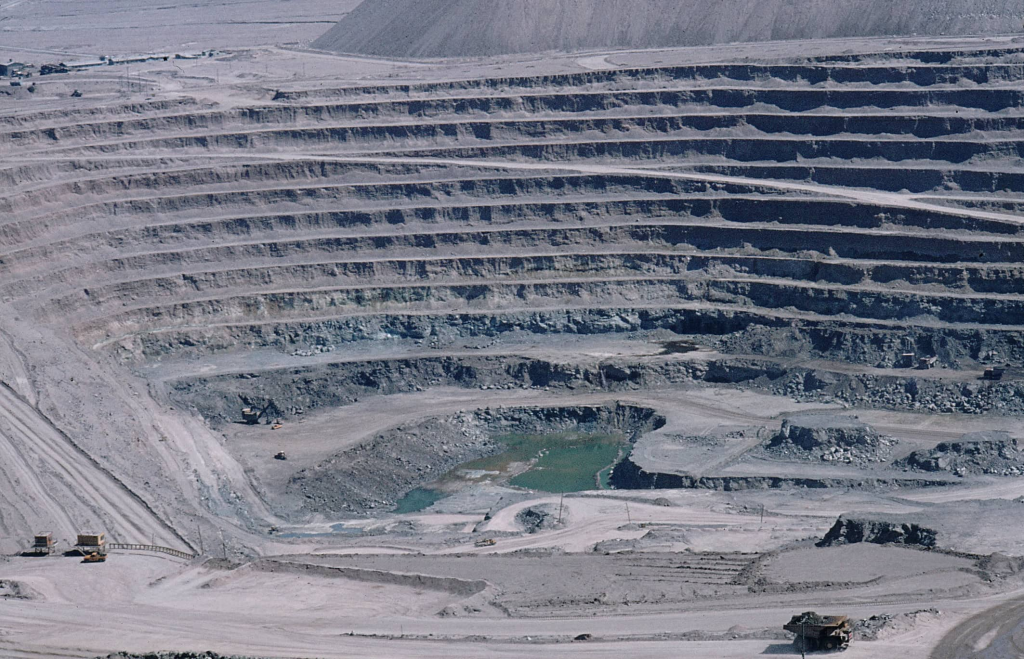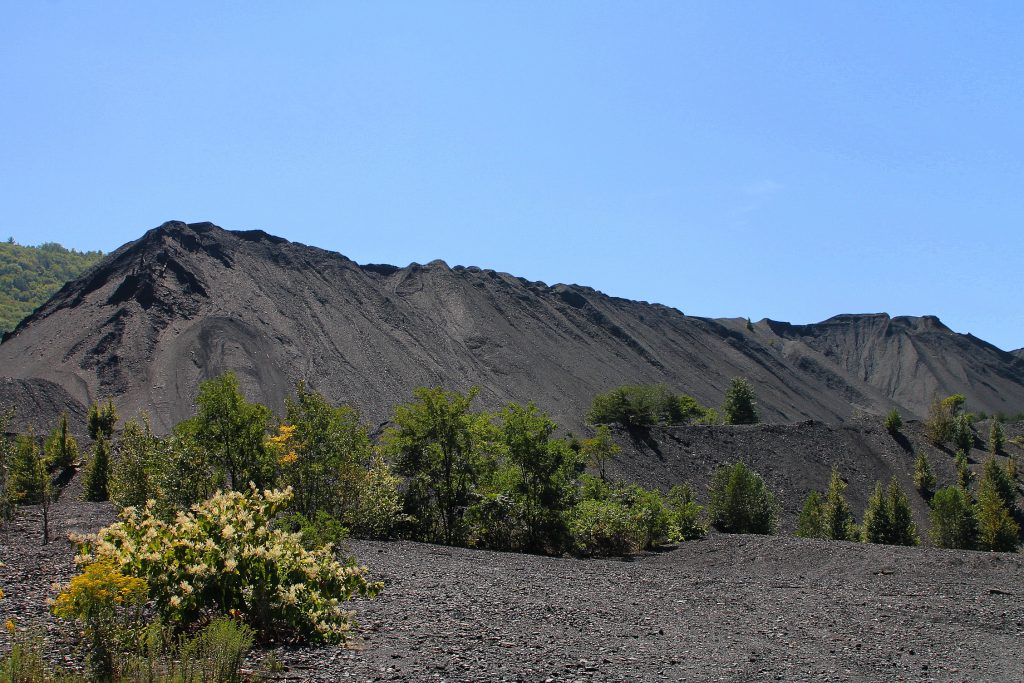
Could one Arctic deposit rewrite the balance of power in critical minerals? That’s the question being asked up and down Washington and throughout industry circles after Graphite One’s Graphite Creek project near Nome, Alaska, uncovered not only the nation’s largest graphite reserve but also significant concentrations of rare earth elements. The confirmation through geochemical analyses of this dual-resource discovery positions the site as a potential cornerstone in reducing U.S. dependence on China’s near-monopoly in both mining and processing of these strategic materials.

1. A Generational Deposit of Dual Strategic Value
Graphite Creek has long been recognized as the largest graphite reserve in the United States, but recent assays identified elevated levels of five permanent magnet REEs neodymium, praseodymium, dysprosium, terbium and samarium as well as scandium and yttrium. “The presence of two Defense Production Act Title III materials graphite and REEs in a single deposit further underscores Graphite Creek’s position as a truly generational deposit,” said Graphite One President Anthony Huston. Garnet-rich zones within the ore are particularly significant in that garnets can absorb heavy REEs and yttrium into their mineral structure, enhancing recovery potential.

2. Strategic Importance in Defense and Clean Energy
Permanent magnet REEs are necessary in the manufacture of electric vehicle motors, wind turbine generators, high-performance fiber optics, and precision-guided munitions. A single F-35 fighter jet uses more than 900 pounds of REEs; the Virginia class submarine has a requirement for 9,200 pounds or so. Chinese export licensing requirements imposed recently on seven heavy REEs, including dysprosium and terbium, raise U.S. supply chain vulnerabilities, particularly as regards defense manufacturing.

3. Breaking China’s Supply Chain Dominance
China controls around 70% of global rare earth mining and 90% of its processing capacity, as well as 80% of graphite supply. State-directed restrictions on both materials have disrupted U.S. procurement. Domestic production of heavy REEs is currently nonexistent, although the Department of Defense has committed to establishing a complete mine-to-magnet supply chain by 2027, supported by more than $439 million in investments. Graphite Creek’s combined resources could hasten that timeline by feeding both battery and magnet manufacturing.

4. Integrated Supply Chain Development
Graphite One’s plan is to ship concentrates from Alaska for processing at a new, advanced graphite and battery anode materials plant to be sited in Niles, Ohio. The plant will be built on the site of a former national defense critical minerals stockpile site and will produce synthetic graphite anode materials for lithium-ion batteries, with a recycling component. Initial capacity is envisioned at 25,000 metric tons annually, scalable to 100,000 tons. This vertically integrated approach-from mining to refining to recycling-parallels Pentagon-backed efforts at Mountain Pass, California, to achieve full domestic control of REE magnet production.

5. Technical Pathways for REE Recovery
Separation techniques for the REEs in garnet-bearing schist will be complex. Graphite One is working with the University of Alaska Fairbanks’ Advanced Instrumentation Laboratory, Activation Laboratories, and a U.S. Department of Energy national lab to develop isolation and refinement techniques. Such work must overcome challenges in heavy REE separation-an area in which China leads in terms of solvent extraction expertise. Success would mark a critical leap in U.S. processing capabilities.

6. Parallel Advances in Pennsylvania’s Coal Waste Recovery
Beyond Alaska, Penn State researchers are targeting REEs and other critical minerals locked in coal waste and acid mine drainage. Processes for neutralization have been modified to recover more than 85% of the REEs in these waste streams, and more than 90% of the cobalt, manganese, and aluminum. Other innovations, such as bioseparation using lanmodulin and hairy cellulose nanocrystals, provide chemical-free recovery. These alternative supplies could augment primary mining by providing feedstock without the environmental footprint of new extraction.

7. Environmental and Geopolitical Context
The energy transition is expected to increase the demand for REEs by 400-600% and for graphite by as high as 4,000%, both within the next few decades. Traditional mining methods pose enormous environmental risks, from toxic tailings to radioactive residues. Sustainable technologies of extraction, recycling, and substitution are being explored worldwide, but scaling them up poses a challenge. The ability of China to weaponize mineral exports, as has already happened in previous bans and as is happening through current licensing regimes, underlines the geopolitical urgency of diversification.

8. Investment and Policy Implications
The Graphite Creek discovery aligns with broader U.S. policy goals aimed at securing domestic critical mineral supply chains. Non-binding letters of interest totaling $895 million from EXIM Bank and a $37.5 million Defense Production Act grant already back the project. With the Trump administration’s $7.5 billion allocation for critical mineral investments, shovel-ready projects with multiple strategic resources are likely to get priority. For investors and policymakers alike, the deposit represents both a hedge against geopolitical risk and a platform for industrial resurgence.

The convergence of graphite and rare earths in a single U.S. deposit offers a rare opportunity to address two of the nation’s most pressing supply chain vulnerabilities simultaneously. Whether this Arctic resource can be brought online fast enough to counter China’s entrenched dominance depends on coordinated investment, technological innovation, and sustained policy support.

